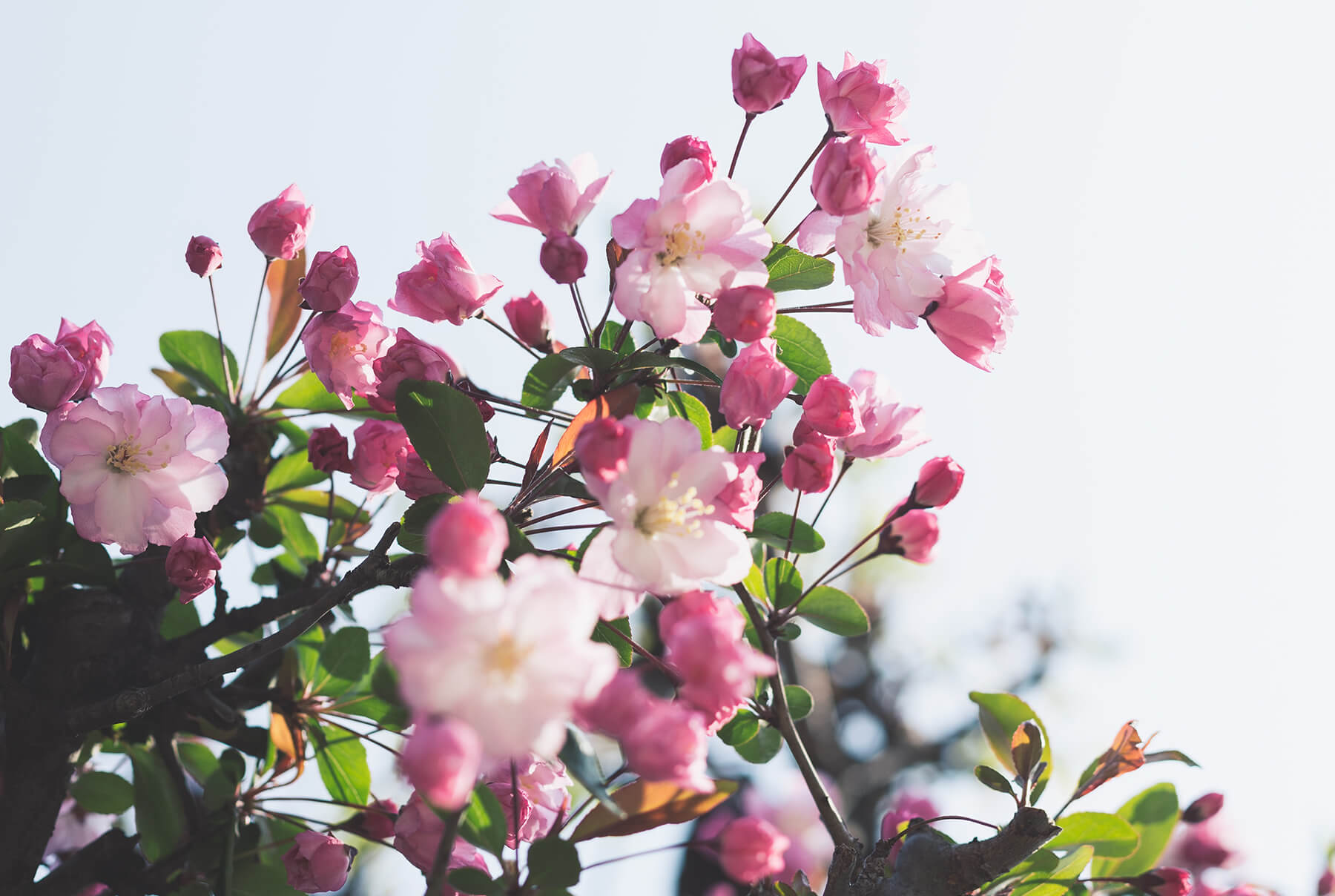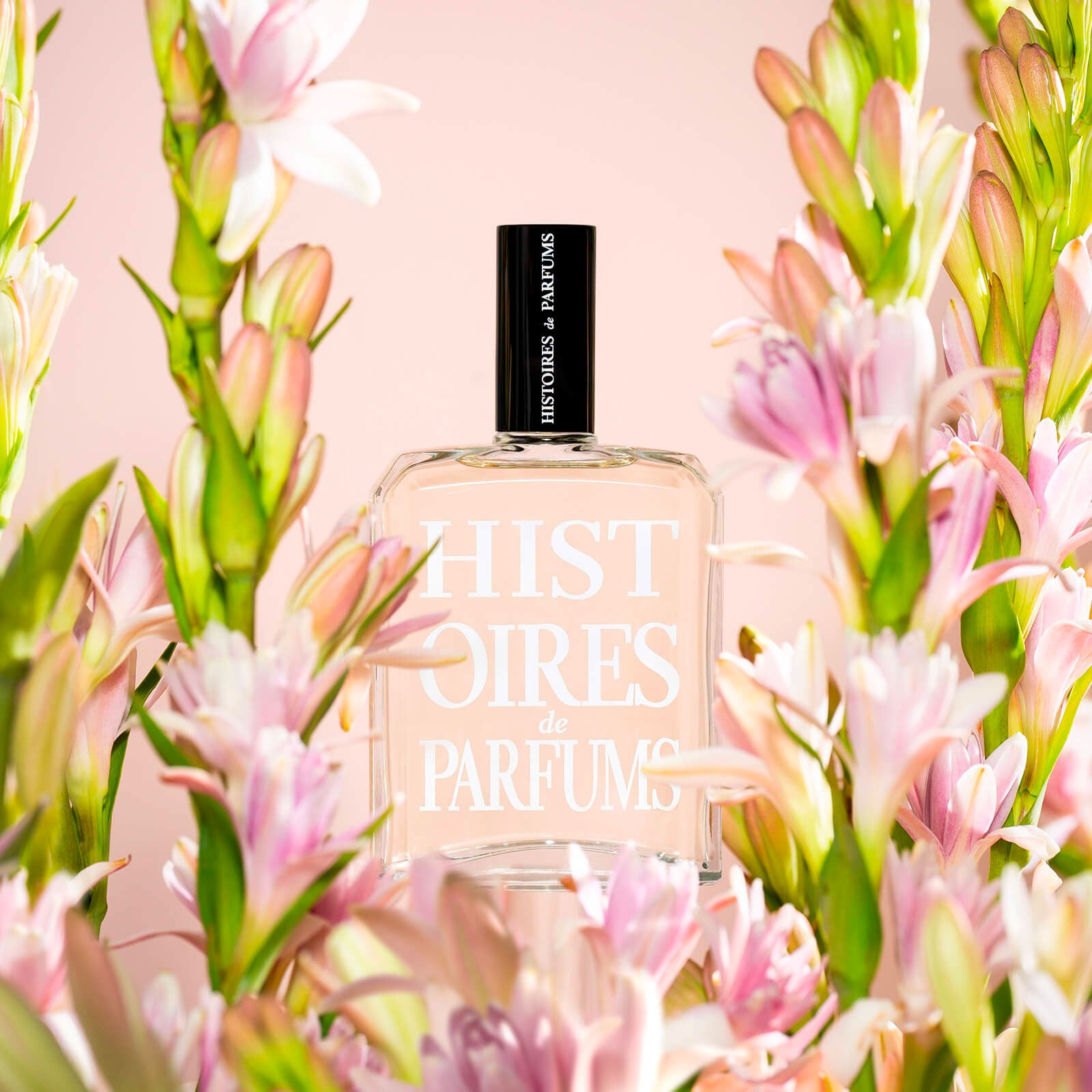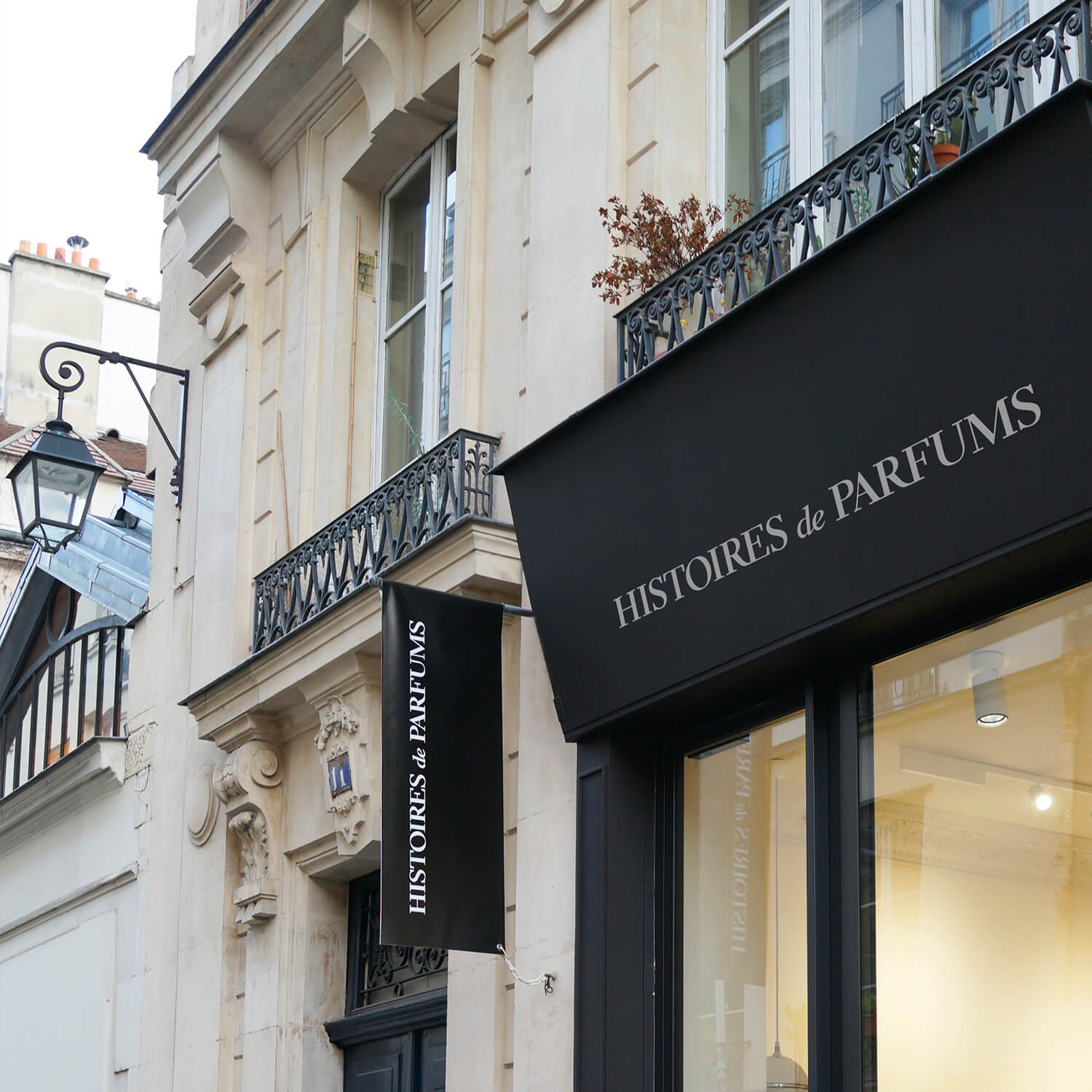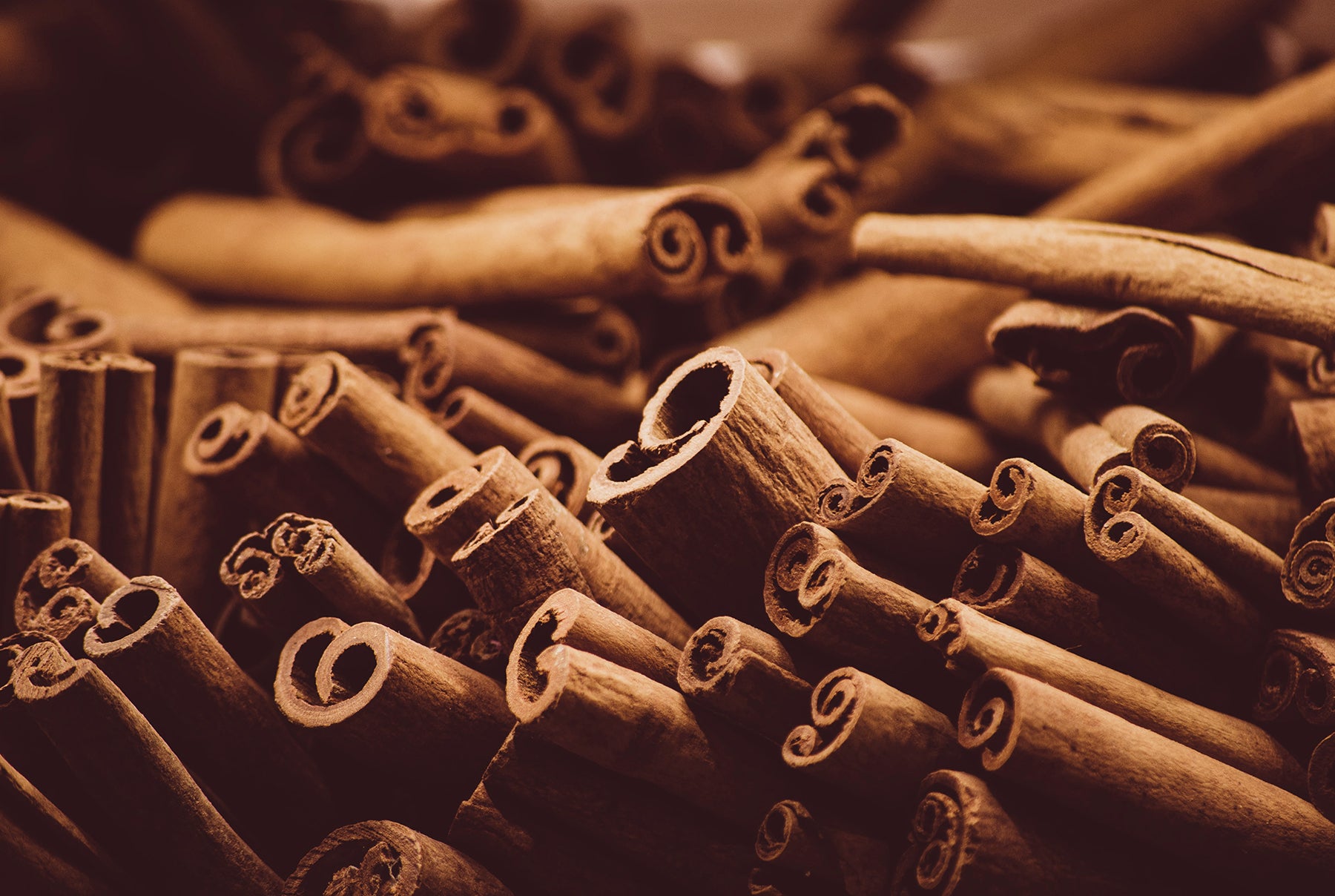
These women who changed perfumery
On International Women's Day, we wanted to pay tribute to those women, known to the industry but unknown to the general public, who have contributed to making perfumery what it is today, four perfumers who have remained in the shadow of their heritage for too long.

Tapputi - the initiator.
You may remember reading about her in our article last year, but Tapputi is the first known perfumer in history. Her name was indeed found on a cuneiform tablet dated from the second half of the 2nd millennium B.C., next to a Ninu who was probably her assistant. However, Tapputi marked her time less by her gender - the perfumers of Mesopotamian courts were generally women - than by her talent, as testified by her dignity of “Belatekallim”, i.e., superintendent of the Palace. All remains of her work is this tablet on which, in addition to her name, is a perfume formula and a drawing of a distillation apparatus, seventeen centuries before their first description by Zosimus of Panopolis.
Marie-Thérèse de Laire - the facilitator.
In the 19th century, the world of perfumery was in full mutation. Under the influence of chemists synthesizing odorant molecules such as vanillin or coumarin, perfumers saw their palettes evolve, become more liberal and their creations with them. However, they were soon confronted with an obstacle: their lack of knowledge of these excessively powerful aromatic chemicals, some of which were often too abstract. This is where Marie-Thérèse de Laire comes in. Wife of Georges de Laire, a chemist with a passion for producing new molecules, she decided to spruce them up by including them in "bases" – or perfume accords – so that perfumers could become familiar with them. Some of these now mythical bases include Ambre 83 which enabled the creation Bois des Îles, the Mousse de Saxe which signed Nuit de Noël, the Bouvardia which characterized Après l'Ondée or Prunol which did the same for Femme. Her work behind the scenes is recognised today as having led to the creation of successes in perfumery that continue to inspire today's perfumers.
Germaine Cellier - the iconoclast.
In the 20th century, at a time when perfumery was still dominated by male figures, Germaine Cellier made her mark with her verve and unabashed style, reflecting her strong character. She invented her own way of writing and paved the way for many future women in the industry. Spotted in the 1940s by the stylist Robert Piguet, Germaine Cellier first created Bandit for him, a chypre with an overdose of isobutyl quinoline - or IBQ for those in the know - to give it an assertive leathery character. This was followed by avant-garde creations, from Vent Vert and its overabundance of galbanum, making it the first green perfume in history, to Fracas, a tuberose that is crassly sexual but never without elegance, two stylistic exercises that are still unrivaled to this day.
Sophia Grojsman - the revolutionary.
Of all the arts, perfumery is the one that has evolved the slowest, but it undoubtedly owes its last great leap to the genius of Sophia Grojsman. Born in Belarus, Sophia Grojsman is one of the most prolific perfumers of the 20th century, with classics such as Lalique, Jaipur, Yvresse and especially Trésor by Lancôme, the first example of her "Hug Me" accord, which accounts for nearly 80% of the formula and is composed of only five ingredients. At a time when perfumers were creating complex and gargantuan formulas, Sophia Grojsman blew a wind of simplicity with her effective, sensitive and minimalist writing, heralding the frank and stripped-down style so characteristic of today’s perfumes.
For International Women's Day, discover our purely feminine selection inspired by George Sand and Mata Hari, among others.





Leave a comment
This site is protected by hCaptcha and the hCaptcha Privacy Policy and Terms of Service apply.